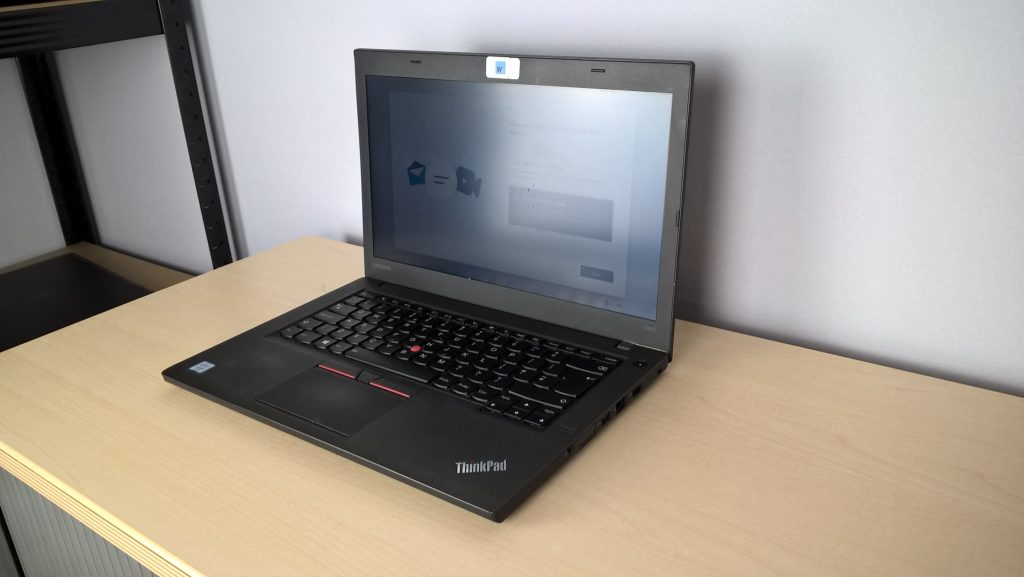Troubleshooting a New Build: Is My Chip Damaged?
Building a new PC can be an exciting yet frustrating experience, especially when faced with unexpected issues shortly after powering on. I recently completed assembling my new rig, and everything seemed to be operating smoothly until I decided to upgrade the power supply. This is where things took a turn.
After connecting all components, I plugged in the system and noticed that my CPU cooler powered on, which was a good sign. However, I quickly discovered that the switch on the power supply was left in the “on” position right out of the box—something to keep in mind for anyone embarking on a similar journey.
Once I tried gaming, my excitement turned to concern as the system began to slow down dramatically, eventually freezing completely. A reboot was necessary, but even then, I encountered several POST (Power-On Self-Test) errors, specifically codes A6, 3F, and 24. Each code prompted me to either restart the system or reseat the RAM.
After taking the time to disassemble and inspect each component, I spotted a chip on the back of the motherboard that raised questions in my mind. I couldn’t help but wonder if this chip was damaged or if it was simply designed that way. My instinct tells me it’s related to the memory controller, but I’m not entirely sure.
For reference, here are the main components of my build:
– Motherboard: Gigabyte X870E Aorus Elite WIFI7
– CPU: Ryzen 7 9700x
– RAM: Corsair Vengeance 64GB (2X32GB) DDR5 PC5-41600C40 5200MHz Dual Channel Kit
– Power Supply: be quiet! Pure Power 12 M 850W 80 PLUS Gold Fully Modular ATX Power Supply
I would greatly appreciate insights or advice from anyone familiar with similar experiences. Is there a chance that the chip might be damaged, or could it be a normal characteristic of the motherboard design? Your feedback would be incredibly helpful as I troubleshoot this situation and attempt to get my PC running as it should.
Share this content:




Hi,
From your description, it sounds like you’ve experienced some POST errors and there’s a question about a chip on the back of your motherboard. It’s important to identify whether this chip is part of the motherboard’s standard design or if it appears damaged.
Many modern motherboards include chips or components on the back that are normal and serve specific functions, like thermal sensors, voltage regulators, or other integrated circuits. If the chip in question looks intact — with no visible signs of burning, cracking, or physical damage — it’s likely a standard component.
However, given the POST errors you’re encountering (A6, 3F, 24), these could be related to memory or chipset issues. I recommend taking the following steps:
If the chip shows visible damage or you’re still unsure, consider contacting the motherboard manufacturer